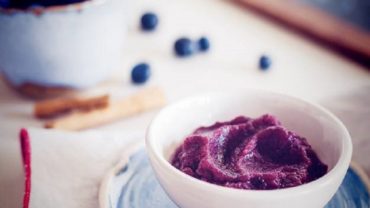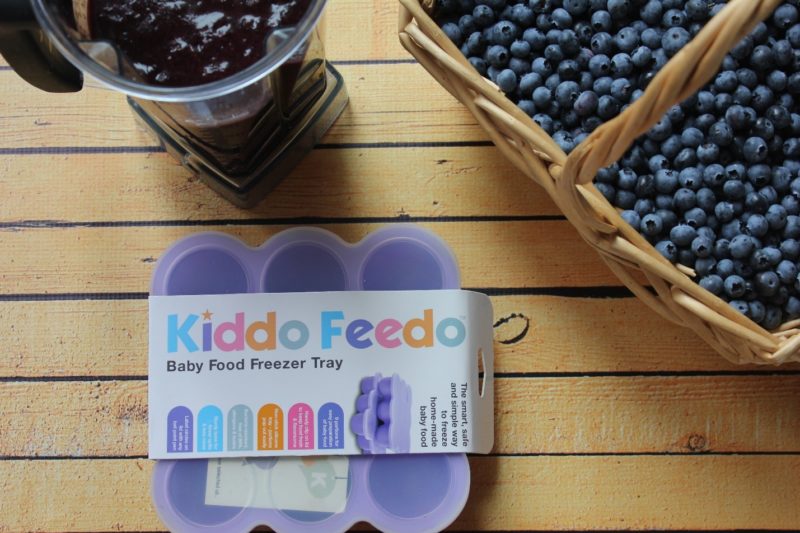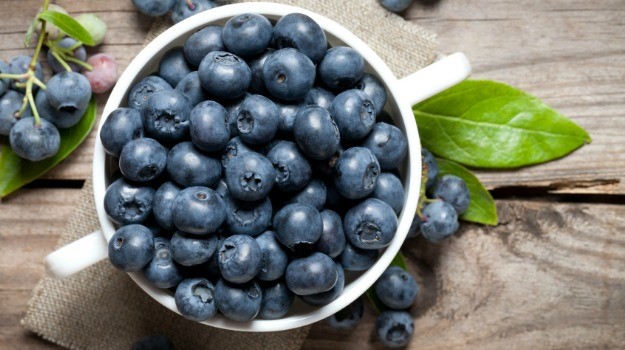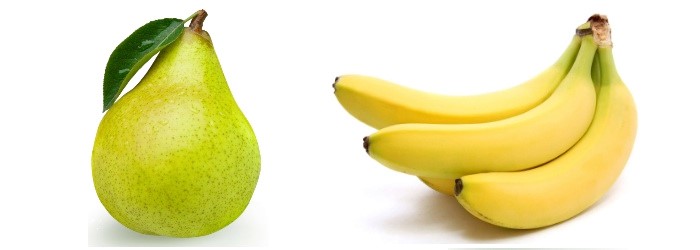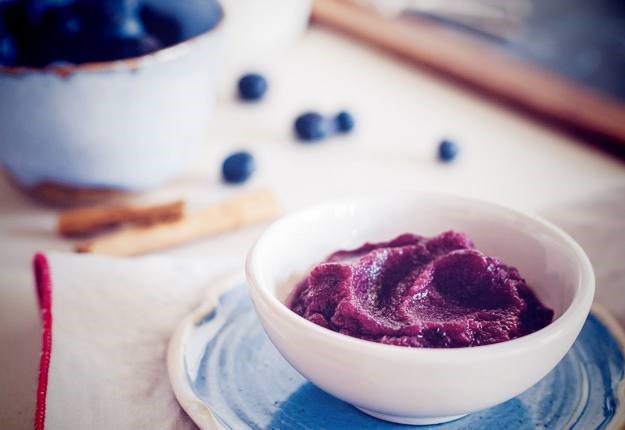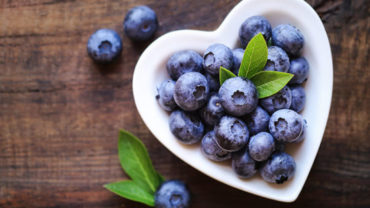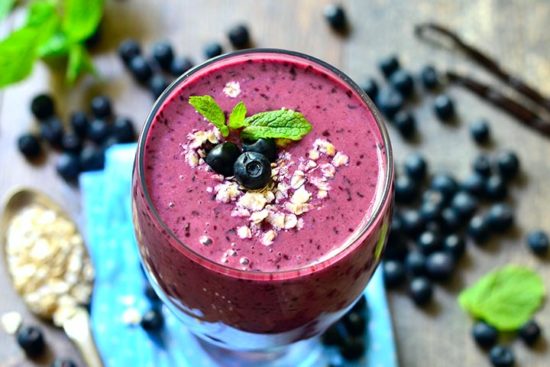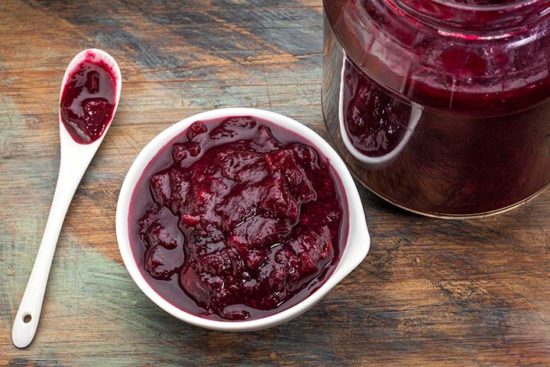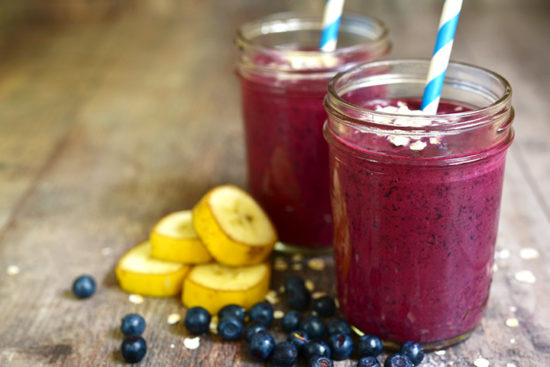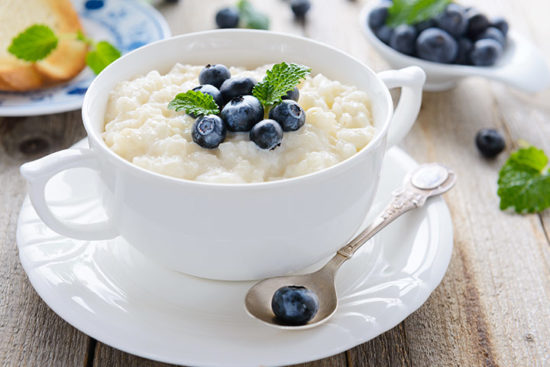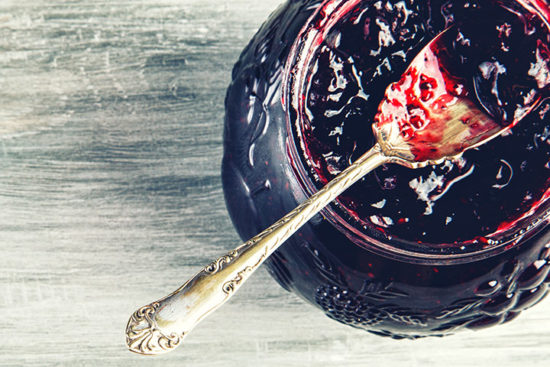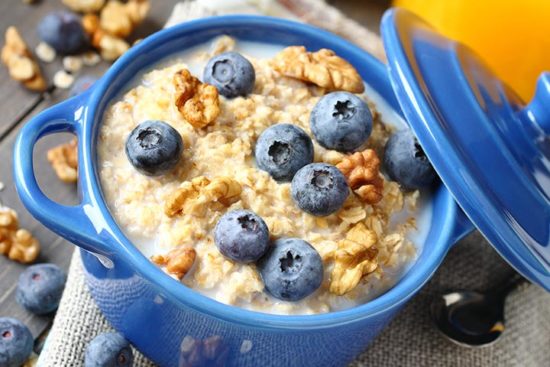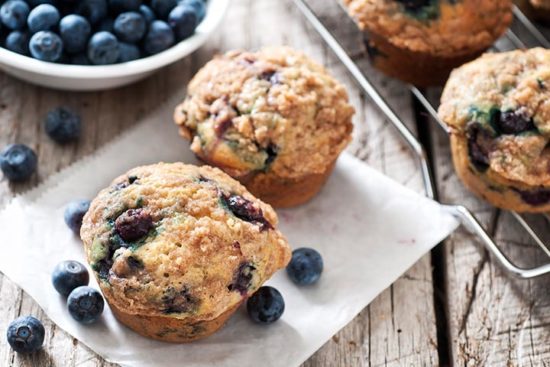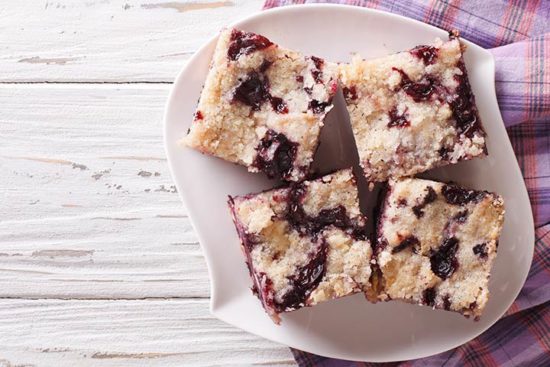via keeeper: summer, sun, sunshine – the summer is ideal for a picnic. and the saying is: enjoyment to take away! whether in the park or meeting friends – you can’t go wrong with a couple of juicy blueberry muffins up your sleeve.
But take note, blueberries can give you the shock of your life: They are a very unforgiving berry and will quickly repay being handled incorrectly with a bitter taste. So that neither you nor your favourite berries end up sulking, we have our luca food storage containers in our range of products. luca not only truly understands berries, it also makes sure that your favourite berries are transported safely and stay fresh for longer. As a strong all-rounder it boasts further qualities that offer genuine added value both for on-the-go such as at picnics and for cooking at home.
luca – a food storage container with quality
A food storage container should keep the food fresh – after all, that’s its job! Our luca can do better than that: Thanks to its extra tabs it can be opened and closed with just one flick of the wrist, making life both outside at the picnic and at home in the kitchen much easier. When the going gets tough, our luca storage container keeps totally relaxed in both the heat and the cold: Temperatures from -20 °C to +100 °C can’t harm it.
So, no need to worry unnecessarily at the picnic, enjoyment is still the order of the day. With, for example, our yummy blueberry muffins. They’re not just super yummy, but they’re also super quick to conjure up. Why not try for yourself:



